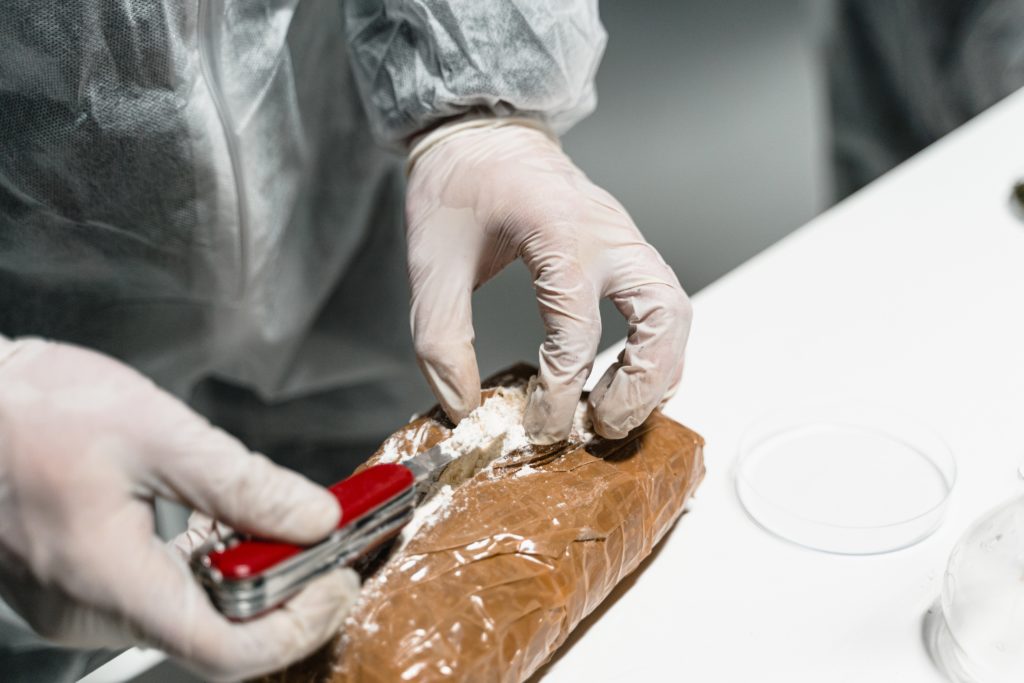
According to a study by Bloomberg Economics, cocaine exports reached record levels in 2022 and are set to become Colombia’s leading export product in 2023, even surpassing oil. While Colombian oil sales have dropped by 30% for the first half of the year, the cocaine trade continues to grow, following its record-breaking year last year.
This has led experts to believe it could become Colombia’s top export as early as this year. Felipe Hernández, an economist at Bloomberg Economics, made this statement.
$18.2 billion in 2022
“We estimate that export revenues from cocaine increased to $18.2 billion in 2022, not far from the $19.1 billion in oil exports last year,” said Hernández, adding, “The government is destroying laboratories where coca leaves are transformed into cocaine, but that hasn’t stopped production from growing.”
The numbers are even more striking when comparing the revenue generated by cocaine exports in 2022, $18.2 billion, with that of 10 years ago. In Colombia, in 2013, cocaine worth $2.2 billion was exported. In other words, in just 9 years, this export market has increased its profits nearly 8.5 times.

Increase in Cultivated Hectares
Coca leaves are the raw material for the chemical production of cocaine. Currently, 230,000 hectares are cultivated in Colombia, representing a 13% growth in just 1 year. In this way, drug production reached 1,738 tons by 2022, according to the report by the United Nations Office on Drugs and Crime.
In this regard, only coffee, palm oil, rice, bananas, and sugarcane have more cultivated hectares than coca in the country for 2022.

Government’s Policy Shift
According to Bloomberg Economics, the shift in Colombia’s current government’s anti-drug policy directly affects the growth of drug production and export. The American magazine claims that President Gustavo Petro seeks to confront the leaders of the drug trade who make greater profits from selling the product abroad.
Unlike previous governments, it does not focus on the coca producer, who is indeed the weakest link in the production chain. In fact, the Colombian government is trying to integrate drug traffickers into its “Total Peace” policy, with the hope of truly pacifying the country after so many decades of violence exacerbated by the huge profits offered by drug trafficking since the 1970s.
Cocaine as a Catalyst for Violence in Colombia
Precisely when cocaine begins to yield significant returns is when violence reaches its peak in the country. Gone are the days of the powerful Cali or Medellín cartels. Today, far more drugs are exported than back then, but the cartels are much smaller and have learned to survive without the public machismo of figures like Pablo Escobar in the 1980s.
Gone are the days of extravagant drug lords who dare to challenge political power openly. Today, with a much more discreet, underground, yet effective approach, producers do not aim to become a conspicuous counterpower to the state. Instead, a diversity of illegal armed groups and simple common criminals ensures that the cocaine business in Colombia is flourishing more than ever.
See all the latest news from Colombia and the world at ColombiaOne.com. Contact our newsroom to report an update or send your story, photos and videos. Follow Colombia One on Google News, Facebook, Instagram, and subscribe here to our newsletter.

